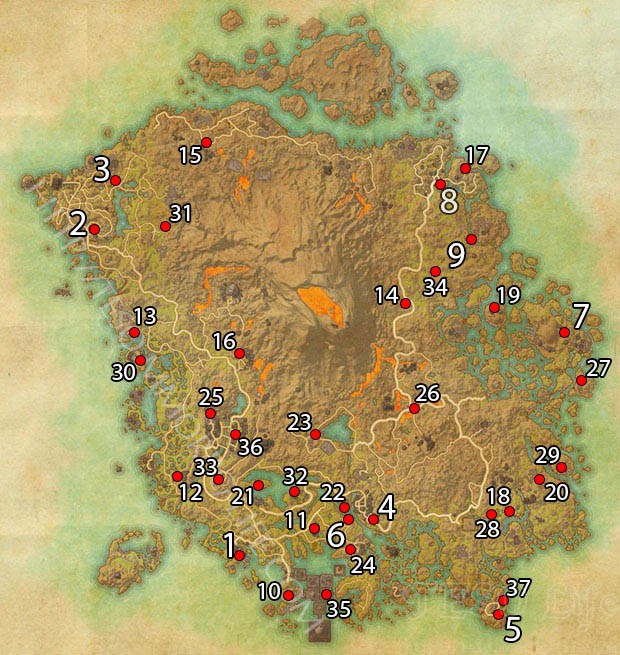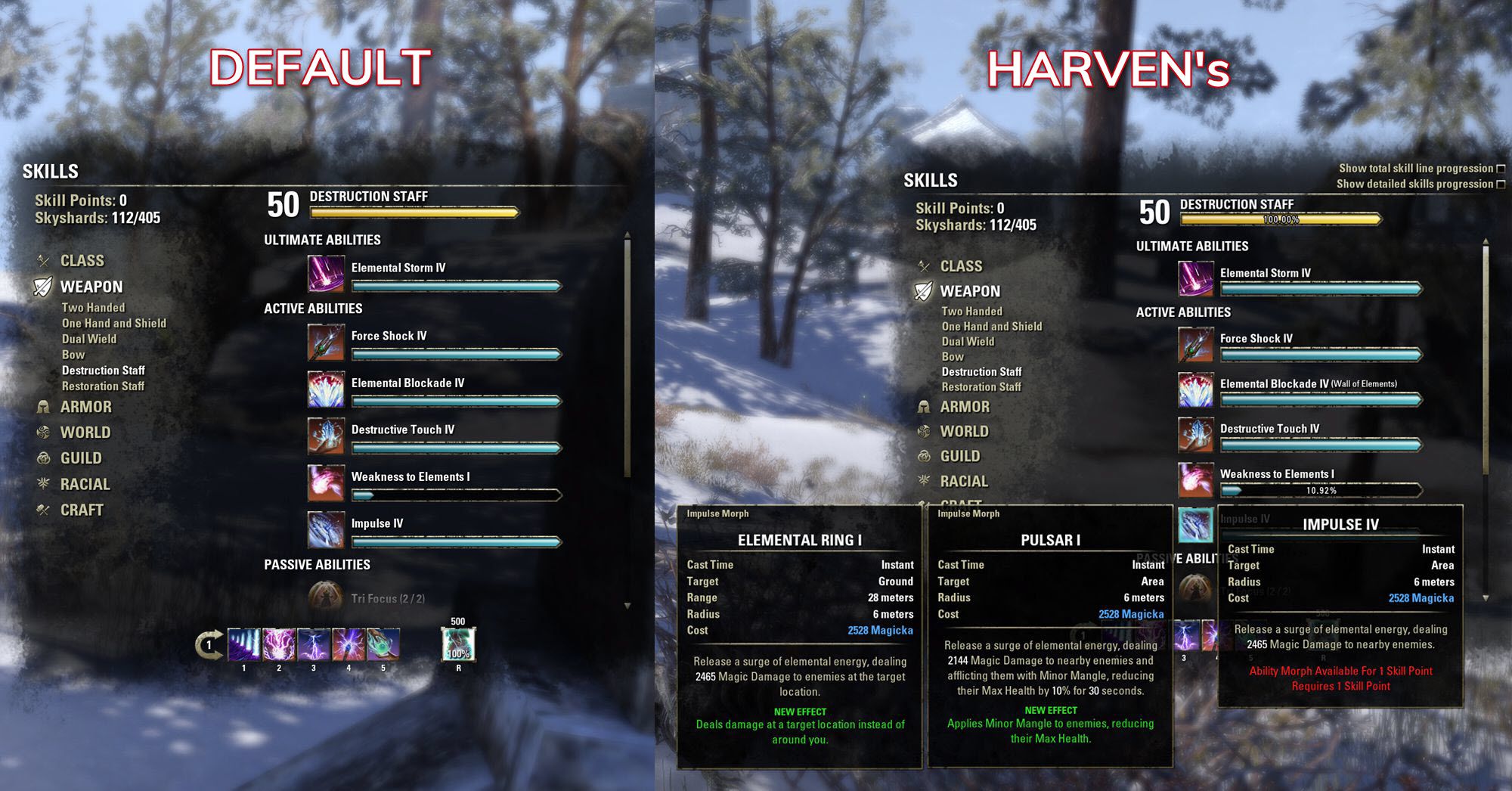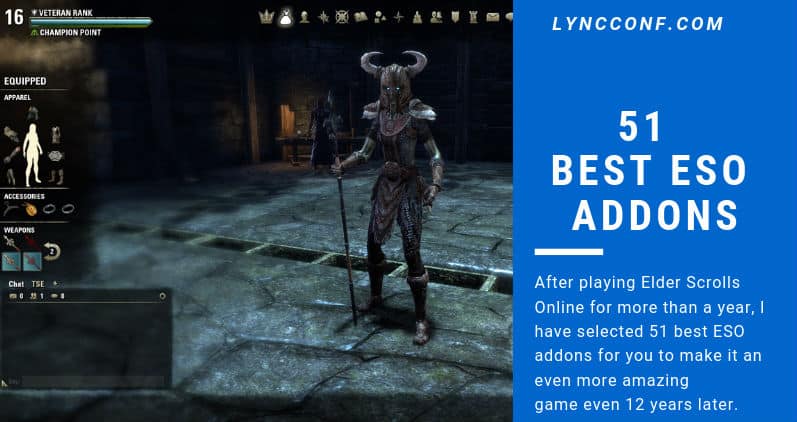
JVM_OPTS= "= $APP_BASE_NAME "Įxec " $JAVACMD " " " -classpath " $CLASSPATH " you have already installed Fallout 76. # Split up the JVM_OPTS And GRADLE_OPTS values into an array, following the shell quoting and substitution rulesĮval splitJvmOpts $DEFAULT_JVM_OPTS $JAVA_OPTS $GRADLE_OPTS If & then # Added a conditionĮval `echo args $i `= `cygpath -path -ignore -mixed " $arg " ` # Now convert the arguments - kludge to limit ourselves to /bin/shĬHECK= `echo " $arg " |egrep -c " $OURCYGPATTERN " - `ĬHECK2= `echo " $arg " |egrep -c "^- " ` # Determine if an option OURCYGPATTERN= " $OURCYGPATTERN|( $GRADLE_CYGPATTERN) " # Add a user-defined pattern to the cygpath arguments ROOTDIRSRAW= `find -L / -maxdepth 1 -mindepth 1 -type d 2>/dev/null ` # We build the pattern for arguments to be converted via cygpath # For Cygwin, switch paths to Windows format before running javaĪPP_HOME= `cygpath -path -mixed " $APP_HOME " `ĬLASSPATH= `cygpath -path -mixed " $CLASSPATH " ` GRADLE_OPTS= " $GRADLE_OPTS \"-Xdock:name= $APP_NAME \" \"-Xdock:icon= $APP_HOME/media/gradle.icns \" "

# For Darwin, add options to specify how the application appears in the dock Warn "Could not query maximum file descriptor limit: $MAX_FD_LIMIT " Warn "Could not set maximum file descriptor limit: $MAX_FD " # Increase the maximum file descriptors if we can. Which java >/dev/null 2>&1 || die "ERROR: JAVA_HOME is not set and no 'java' command could be found in your PATH. Please set the JAVA_HOME variable in your environment to match the # IBM's JDK on AIX uses strange locations for the executablesĭie "ERROR: JAVA_HOME is set to an invalid directory: $JAVA_HOME # Determine the Java command to use to start the JVM. If expr " $link " : '/.* ' > /dev/null thenĬLASSPATH= $APP_HOME/gradle/wrapper/gradle-wrapper.jar # OS specific support (must be 'true' or 'false'). # Use the maximum available, or set MAX_FD != -1 to use that value. You can also use JAVA_OPTS and GRADLE_OPTS to pass JVM options to this script. Learn more about bidirectional Unicode characters



To review, open the file in an editor that reveals hidden Unicode characters. This file contains bidirectional Unicode text that may be interpreted or compiled differently than what appears below.


 0 kommentar(er)
0 kommentar(er)
